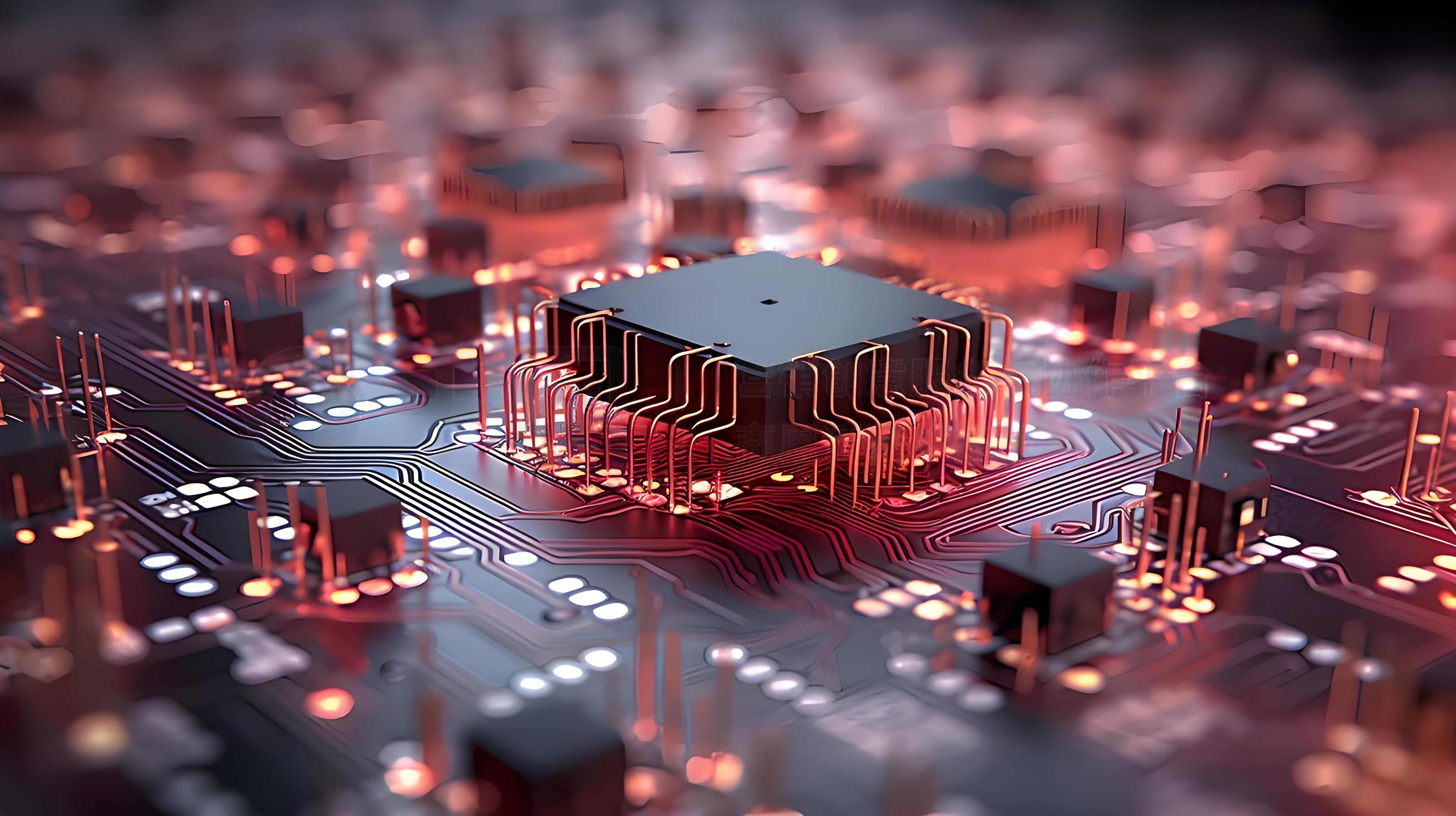In the field of aerospace technology, inertial navigation systems (INS) are a key innovation, especially for spacecraft. This complex system enables the spacecraft to autonomously determine its trajectory without relying on external navigation equipment. At the heart of this technology is the Inertial Measurement Unit (IMU), a key component that plays a vital role in ensuring the accuracy and reliability of navigation in the vastness of space.
#### Components of inertial navigation system
The inertial navigation system mainly consists of three basic elements: inertial measurement unit (IMU), data processing unit and navigation algorithm. The IMU is designed to detect changes in the spacecraft’s acceleration and angular velocity, allowing it to measure and calculate the aircraft’s attitude and motion status in real time. This ability is critical to maintaining stability and control during all phases of the mission.
The data processing unit complements the IMU by analyzing sensor data collected during flight. It processes this information to derive meaningful insights, which are then used by navigation algorithms to produce final navigation results. This seamless integration of components ensures that the spacecraft can navigate effectively even in the absence of external signals.
#### Independent trajectory determination
One of the most significant advantages of an inertial navigation system is its ability to independently determine the trajectory of a spacecraft. Unlike traditional navigation systems that rely on ground stations or satellite positioning systems, INS operates autonomously. This independence is particularly useful during critical phases of the mission, such as launch and orbital maneuvers, where external signals may be unreliable or unavailable.
During the launch phase, the inertial navigation system provides precise navigation and control capabilities, ensuring that the spacecraft remains stable and follows its intended trajectory. As the spacecraft ascends, the inertial navigation system continuously monitors its movement, making real-time adjustments to maintain optimal flight conditions.
During the flight phase, the inertial navigation system plays an equally important role. It continuously adjusts the attitude and motion of the spacecraft to facilitate precise docking with the target orbit. This capability is critical for missions involving satellite deployment, space station resupply or interstellar exploration.
#### Applications in Earth Observation and Resource Exploration
The applications of inertial navigation systems are not limited to trajectory determination. In spaceborne surveying and mapping and earth resource exploration missions, inertial navigation systems provide accurate position and direction information. This data is invaluable for Earth observation missions, allowing scientists and researchers to gather critical information about Earth’s resources and environmental changes.
#### Challenges and future prospects
While inertial navigation systems offer many advantages, they are not without challenges. Over time, sensor error and drift cause accuracy to gradually degrade. To mitigate these issues, periodic calibration and compensation through alternative means are required.
Looking to the future, the future for inertial navigation systems is bright. With continued technological innovation and research, we can expect navigation accuracy and reliability to improve significantly. As these systems develop, they will play an increasingly important role in aviation, navigation and other fields, laying a solid foundation for human exploration of the universe.
In summary, inertial navigation systems represent a major leap in spacecraft navigation technology with their intelligent design and autonomous capabilities. By leveraging the power of IMUs and advanced data processing technology, INS not only improves the safety and efficiency of space missions, but also paves the way for future exploration beyond Earth.
Post time: Oct-22-2024


